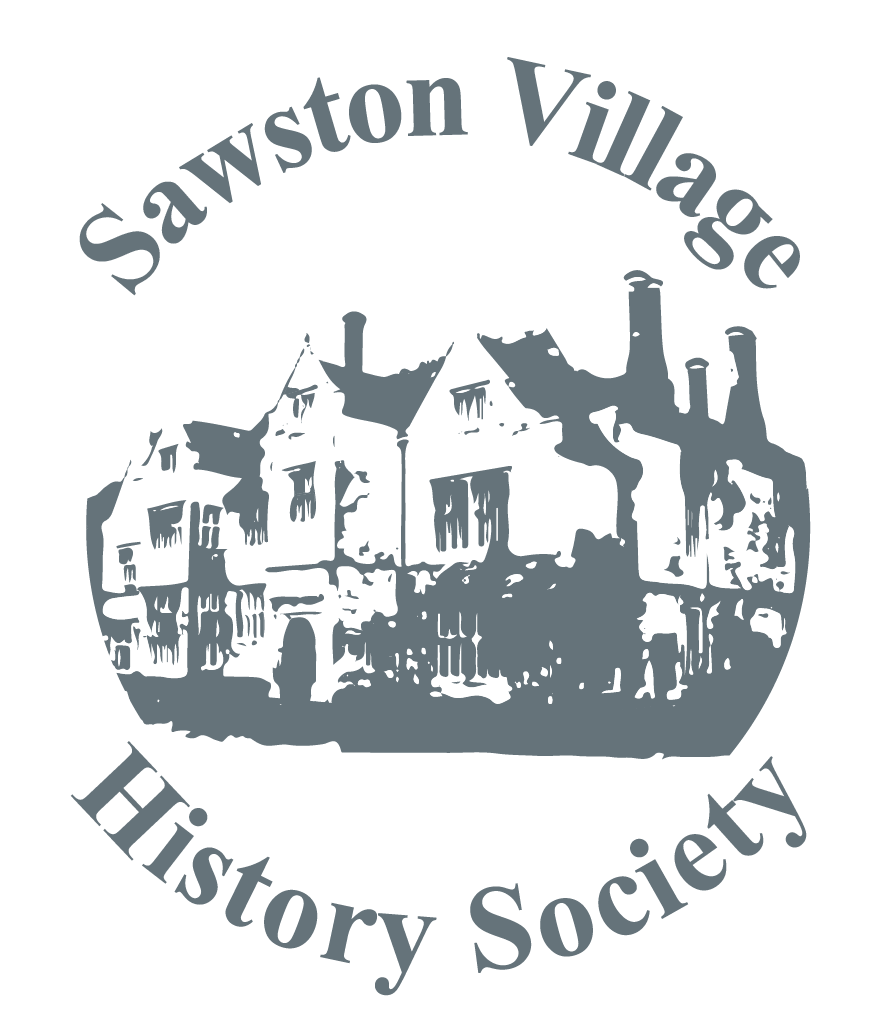
This talk to the Sawston Village History Society was not concerned with the great admirals we read about in the history books, but with the unremembered ordinary seamen.
Pam and Derek Ayshford have spent 20 years researching their subject which they presented in a very professional way complete with audiovisual assistance.
In contrast to present times, in the Napoleonic era the navy received about a third of all government spending, although it was a much less formal and centrally organised body than we know today. There was no uniform for ordinary seamen, and the captain of a ship was responsible for recruiting his own men.
Everyone knows about the press gangs, but these were only responsible for 12% of the men. 60% were recorded as volunteers, although how many of these were under duress is not known. The press gangs were supposed to find men with experience of the sea, aged between 18 and 55 years, and many of them were taken from ships at sea – taking care to leave enough men to sail the ship back to port. In theory they were to take no foreigners, apprentices, or gentlemen. In practice, there were a number of Americans (at their birth, they were still a British colony, so were not foreigners!), many Irish, other Europeans, and even some French in British ships at Trafalgar. There were boys from age eight upwards.
There were 18,000 seamen at Trafalgar together with 3,000 marines. The marines were seemingly a more organised and uniformed force recruited in Portsmouth, Plymouth, and Chatham. Many came from the cloth trade, which was evidently going through bad times. At the battle there were 30 seamen and 9 marines who came from Cambridgeshire. A marine named James Hollick came from Whittlesford and was married in Sawston. He was wounded in the battle, received prize money, and became a pensioner in Greenwich Hospital. Another named Thomas Gifford came from Pampisford.
The seaman’s rations were probably better than he would have had at home, and included half a pint of rum per week, 1 gallon of beer and a pound of bread. All this was managed by the purser who was both an officer and a businessman. When he bought a pound it weighed 16 ozs, but when issued it weighed only 8 or 10 ozs. He was the original Mr 10%. The cook was also on the fiddle. All the food the seamen brought to him for cooking went into one pot and was called slush. The part he kept back was his ‘slush fund’.
Unlike the army, commissions could not be bought in the navy. You started as a midshipman at 14, and had to serve six years at sea before passing exams to become a lieutenant. Nelson was a captain at 20, so he must have fiddled his baptism certificate! The story of the battle is that the French fleet sailed to the West Indies in order to drag the British fleet away from the channel ready for the invasion. The French sailed back, followed by the British, and holed up in Cadiz. Against their better judgement the French were ordered out and defeated by Nelson and Collingwood. Many ships were captured, but were sunk in the subsequent gales, losing valuable prize money. Such was the public outcry that the government added to the reduced prize money with a Parliamentary Award.
Eventually a Naval General Service Medal was issued in 1840 but this had to be claimed and sailors had to prove they had been at the Battle of Trafalgar. Our thanks to Jim Butchart for kindly reporting this talk.
Following an email request to the Society by Fr William Saunders, Professor of Catechetics and Theology at the Christendom College in the United States, the staff at Sawston Hall very kindly agreed to show him the priest holes and Chapel at just a few days notice. Fr William is carrying out research on priest holes and the persecution of Catholics in Tudor England so being able to see the famous priest hole constructed by St Nicholas Owen must have been of great interest. Could one be forgiven for wondering if this research will also mention the persecution of Protestants during Queen Mary’s reign?
The next Society meeting on Thursday, December 13th will be the usual Christsmassy Members Evening, at the Chapelfield Way Community Centre starting 7.30 pm. This will also include am illustrated talk on “ The Victorian Child”, given by Liz Carter.
Our archivist, Bryan Howe is at the Sawston Heritage Centre at the Sawston Parish Council Office in Link Road on Monday mornings. Bryan is very amenable to arranging an alternative time to view the archives, just ring him on 833963 to arrange a mutually convenient time.